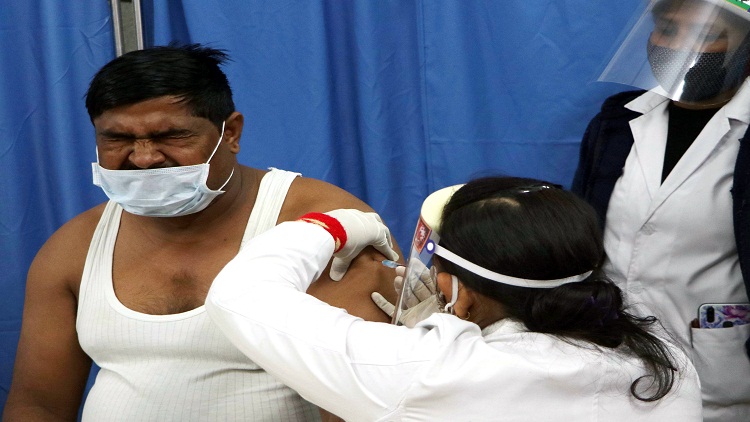
Manjeet Thakur
September 16, proved to be the darkest day in India’s fight against COVID-19 pandemic. On that day within 24 hours, 97,655 new cases of the viral infection were reported from across the country and the total cases crossed 10 lakhs.
By this time India had registered 51,15,893 cases of COVID-19 and become the second most infected country in the world.Deaths due to the disease had touched 83,231, the third largest figure globally.
Situation seemed to be worsening since the first death due to corona infection in February; the coming ten months were challenging.
At this stage, rumours on social media about a second lockdown were rife. Preparations were being made to augment the COVID beds in the hospitals. Options for treatment were becoming limited at that time, as plasma therapy and hydroxychloroquine were no longer as effective as these appeared to be initially against the Corona virus.
However, the country continued to fight against Corona notwithstanding the challenges of economic losses due to the strict nationwide lockdown and flight of workers from production centers.
However, on January 25,202i, the number of active cases in India is just one percent as compared to September (1,97,818). The number of those recovered is higher than those getting infected. It’s expected that from this point, the active cases will be fall continuously.
By the time of writing of the report, the number of newly registered cases in the country has gone down by 10,000 and the rate of recovery has gone up to 96.6 percent. The death rate due to corona stands at 1.4 percent.
True that the strict lockdown and halt of transportation may have troubled us, but it prevented the spread of COVID-19 from spreading to remote areas. The government spread awareness across the country; social media also played an important role in this. Because of this, only 0.7 percent of India's 1.32 billion population were infected with COVID virus, one of the lowest in the .
According to the statistics of the Union Health Ministry, most of the people who died due to COVID were above 45. The number of dead under 17 years old was just one percent. This figure is also important because in other developing countries, the young population was the victim of COVID-19.
India was also successful in stopping the spread of COVID due to the awareness campaign on wearing masks and maintaining social distance launched by the governments.
As twoCOVID vaccines have become available, in the first six days, Corona vaccine has been administered to 1 million frontline warriors across India and the country have overtakenthe United States and Britain. According to the latest data of the Health Ministry, by 24 January, 16 lakh people have been vaccinated.
The medical fraternity in India lived up to the challenge thrown by this new virus: the simple numbers of infections vis a via were mindboggling and given the poor infrastructure and lack of ventilators, their efforts were commendable.
On 22 March 2020, the total testing was 18,127, but on 28 December 2020, the total number of tests increased to 1,68,818,354. Similarly, on February 1, 2020, the number of test labs in the country was just 13, which was increased to 2285 by the last day of December.
This epidemic undoubtedly presented difficult challenges for the country. After the announcement of the lockdown, when the ban on public transport was imposed, lakhs of migrant laborers walked on foot towards their homes. Their isolation had to be arranged in their home states.
One thing is clear: for Indians the worst phase of COVID is over.
